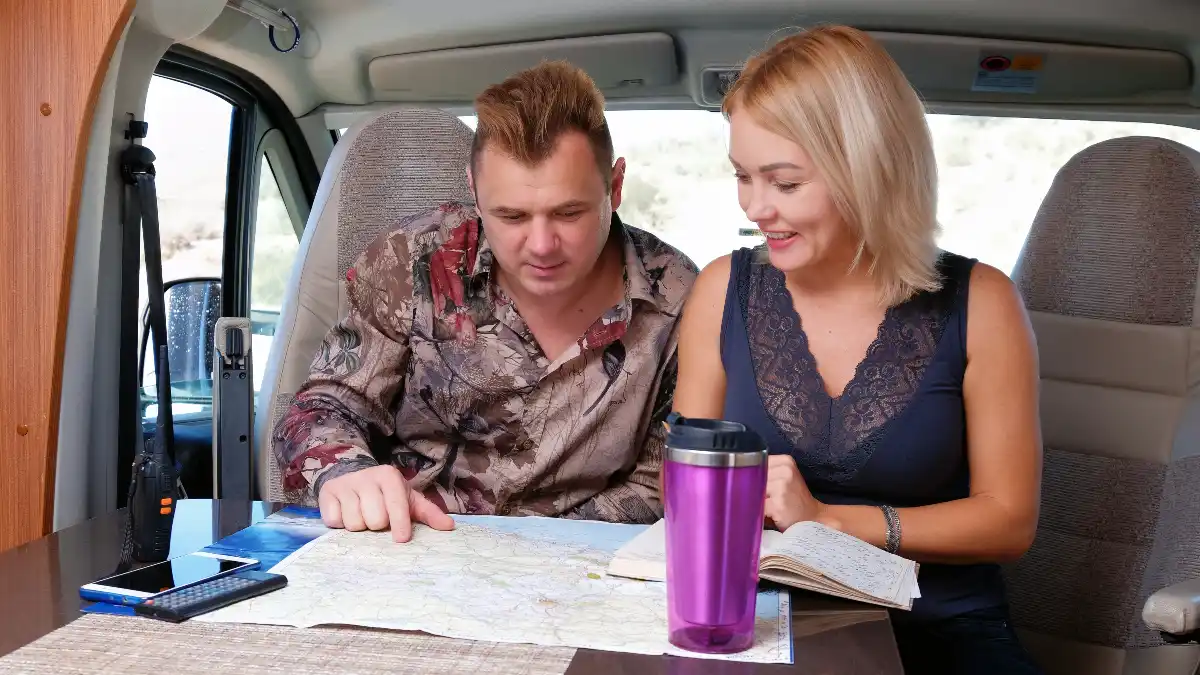
Embarking on the journey to buy a used RV is exciting, but it comes with a significant financial risk. What looks like a great deal could quickly become a $20,000 money pit due to hidden issues like undetected water damage, neglected mechanical systems, or aging tires. These problems are often cleverly disguised by sellers and can derail your travel dreams with expensive, frustrating repairs.
To protect your investment and ensure a safe, comfortable adventure, you must approach the inspection with a strategic, thorough checklist.
Knowing the right questions to ask—about maintenance records, roof condition, and appliance functionality—is the difference between a successful purchase and a catastrophic regret. We’ll arm you with the essential inquiries to uncover the truth about any used RV.
1. Do you have complete, verifiable maintenance records, including the generator?

Missing or incomplete maintenance records are the most significant predictor of future mechanical failure.
Buyers must insist on seeing invoices or detailed service logs that confirm routine maintenance, such as oil changes, system seal inspections, and generator service. Failure to maintain a motorhome chassis engine or transmission, tasks that should be thoroughly documented, can lead directly to the five-figure repair bills outlined previously.
If the records are absent, it is highly likely that routine, non-mechanical maintenance—such as annual roof resealing—has also been neglected. This links documentation compliance directly to structural risk mitigation.
2. Does the Vehicle Identification Number (VIN) match the title, and is the title clean?

It is essential to verify that the VIN stamped on the vehicle (e.g., on the dashboard or door jamb) corresponds exactly to the number listed on the title and registration.
This confirms the vehicle’s identity. Furthermore, the title must be “clean,” meaning it is not marked as salvaged, rebuilt, or flood-damaged. Salvaged titles often conceal defects severe enough to surpass the $20,000 repair threshold, making the unit nearly worthless. Finally, the person presenting the RV for sale must be the registered owner listed on the valid title.
To check if a Vehicle Identification Number (VIN) matches the title and to verify the title’s status as “clean” (meaning it has no major negative brands like Salvage, Rebuilt, or Flood damage), you should use a vehicle history reporting app or service.
While there are many providers, apps from companies like CarFax, AutoCheck, VinAudit, or EpicVIN are commonly used, as they aggregate data from state DMVs, insurance companies, and salvage yards, often through the National Motor Vehicle Title Information System (NMVTIS).
To generate a comprehensive report that details the vehicle’s past, including title brands and reported accident history. You simply input the 17-character VIN into the app or website to initiate the check, which is a crucial step for any used vehicle purchase, including RVs.
3. What specific regrets did the previous owner have about the RV’s use or design?
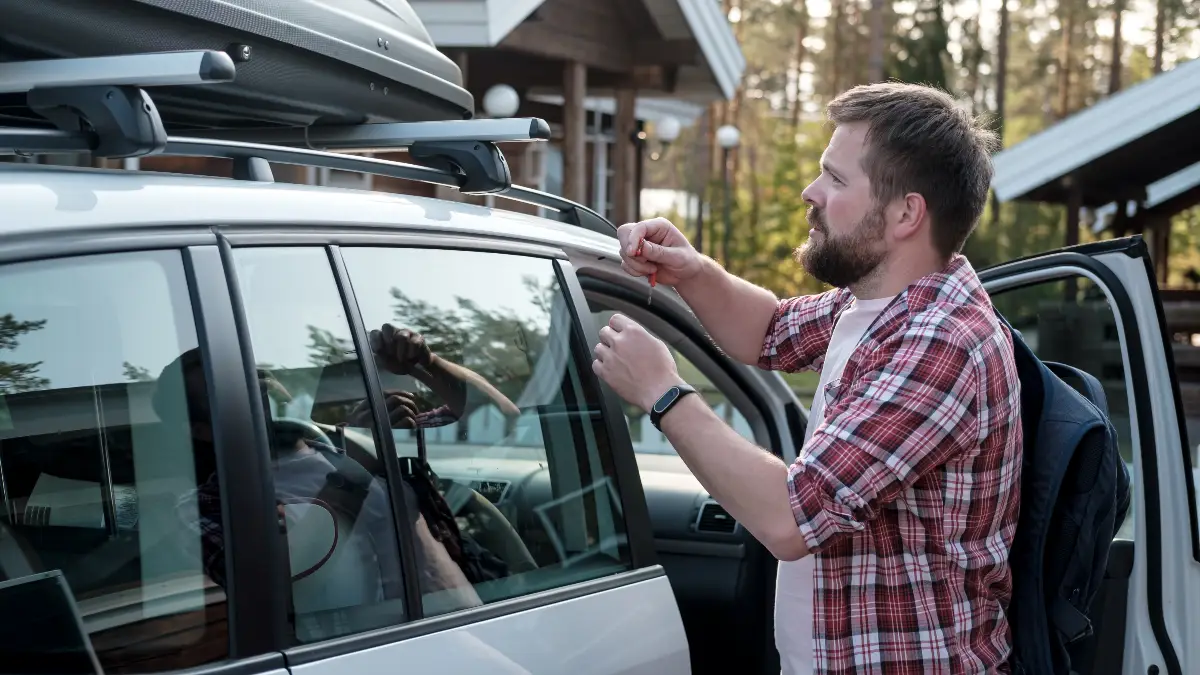
This question forces the seller to disclose issues that differentiate subjective dissatisfaction from genuine defects. Many first-time RV owners regret their choice of floorplan, finding they lack adequate counter space or storage, or that certain sleeping arrangements are unused.
If the seller cites these lifestyle-related regrets, it suggests the unit is structurally and mechanically sound, simply a poor fit for their needs.
However, if the seller vaguely mentions “electrical quirks” or “constant seal replacements,” it suggests genuine underlying defects, guiding the buyer to focus their subsequent physical inspection efforts on these critical areas.
4. Has the roof been inspected and resealed in the last 12 months?
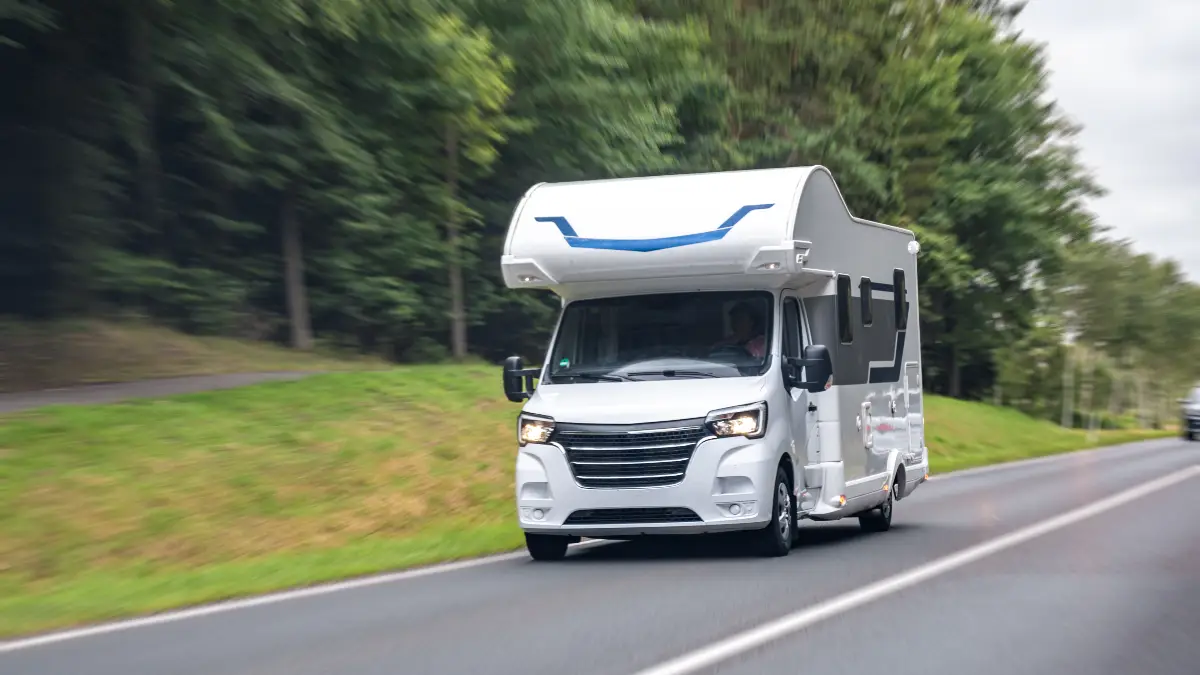
The RV roof membrane and its numerous sealants are the primary defense against water intrusion. Seals around vents, air conditioners, and skylights are highly susceptible to UV damage and cracking over time.
Buyers must physically access the roof to inspect the membrane condition and every caulk line, looking for cracks, wear, or evidence of previous patchwork that may have failed. Given that a full roof replacement required due to water damage can cost between $4,200 and $30,000, confirming recent, documented resealing is critical.
5. Have you ever found a soft spot, dampness, or mildew odor inside the unit?

A persistent musty, moldy, or mildew odor is a definitive sign of long-term water intrusion and trapped moisture. The buyer must physically press down on all floor areas, especially near the bathroom, kitchen, and entrance door, feeling for “spongy” or soft spots that indicate structural wood rot.
Walls should be inspected for visible cracks, peeling, or water stains, often hidden behind furniture or under rugs.
Exterior inspection must also include checking for delamination—the bubbling or separation of the exterior fiberglass skin—which confirms that moisture is trapped and destroying the underlying structure. Inspection of storage bays is also crucial, as rotted wood is often found around the edge of the door trims.
6. Are all slide-outs aligned and sealing tightly through their full operation cycle?
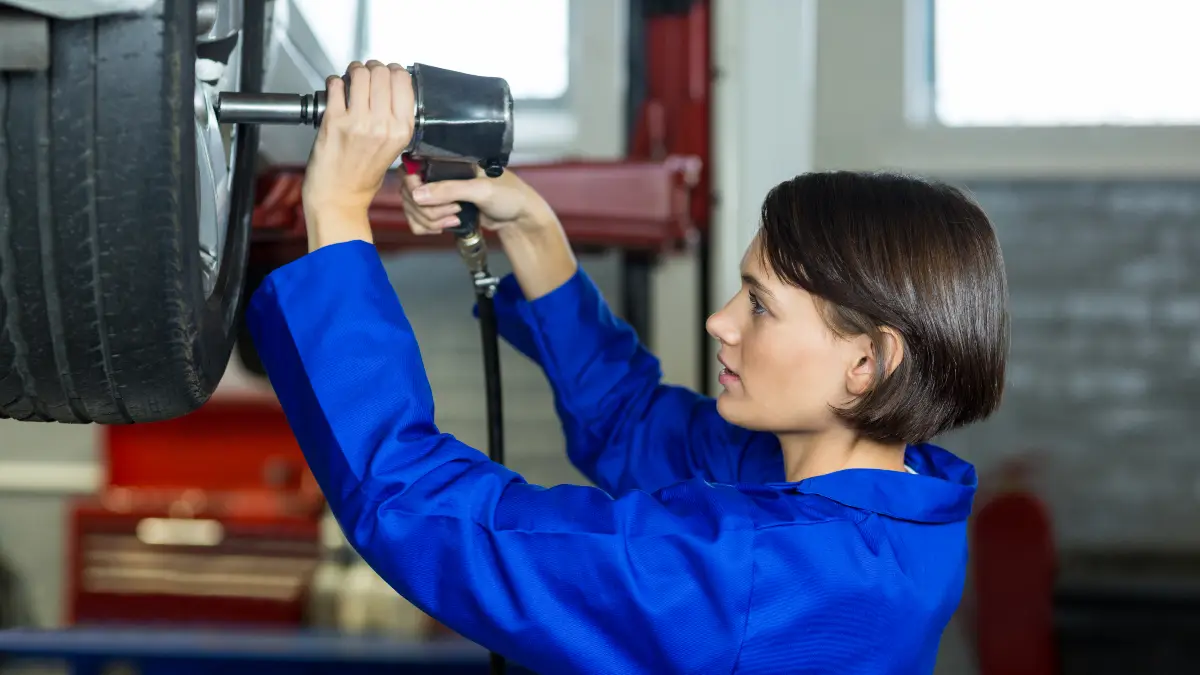
Slide-out rooms are mechanically complex and rely on precise alignment to seal properly. A misaligned slide-out creates excessive strain on the mechanical components (motors, rails) and, more importantly, compromises the seal, creating a direct path for water intrusion.
Buyers must fully operate all slide-outs, checking the condition of the internal and external wiper seals for tears or dirt trails, which indicate water bypassing the barrier. The mechanical components, including the type of drive system (e.g., hydraulic, electric, or cable), must be verified for smooth and correct operation.
7. Can I use a moisture meter on the unit during the inspection?
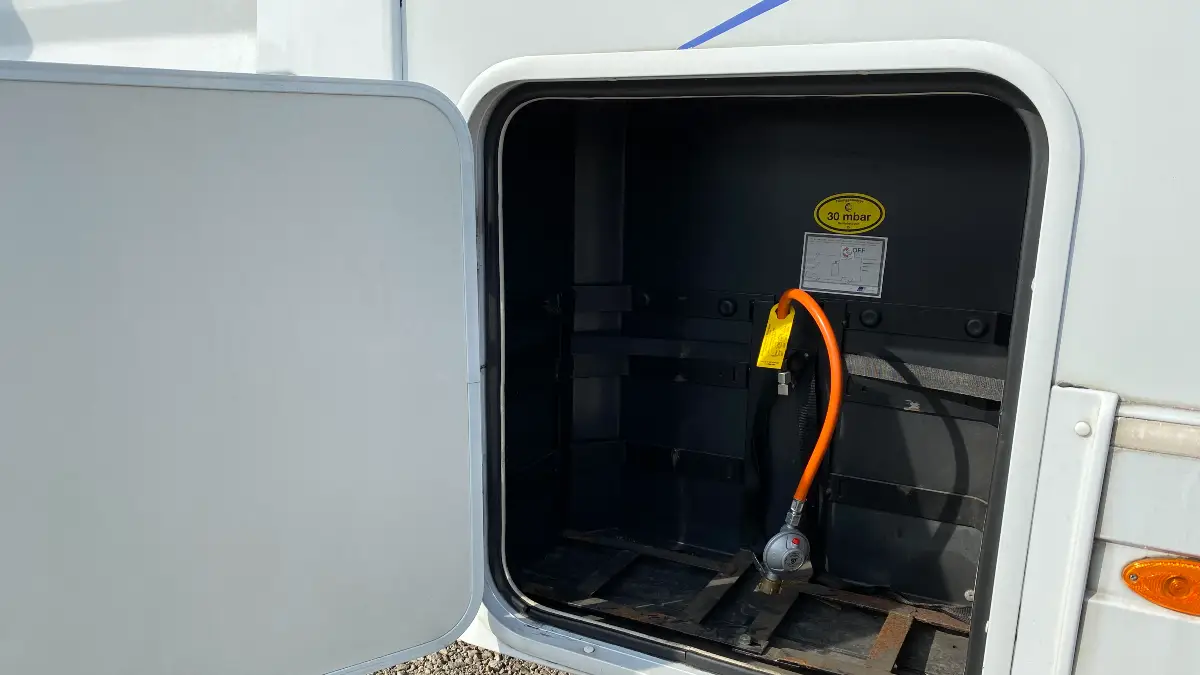
Allowing a moisture meter reading is the ultimate integrity test for any seller, as it is the only non-destructive method for detecting moisture that is not yet visible. If a seller prohibits the use of this tool, it is a significant red flag, suggesting known, concealed damage exists.
Buyers should bring a personal moisture meter (e.g., a pin or pinless digital meter) to verify readings in high-risk zones, such as around windows, vents, and panel seams. This affordable tool acts as an indispensable defense against $20,000 in hidden structural damage.
8. What is the four-digit DOT date code on every single tire?

The age of the tires, not the tread depth, is the primary safety concern for RVs that often sit for long periods. RV tires degrade internally due to UV exposure and dry rot, risking sudden, catastrophic blowouts.
Most manufacturers recommend replacing tires every 6 to 10 years, regardless of mileage. Buyers must locate the last four digits of the DOT code (WWYY), which indicates the week and year of manufacture (e.g., ‘1217’ means the 12th week of 2017).
Any tire manufactured before 2019 is approaching or exceeding the safety threshold and requires immediate, costly replacement, which can range up to $25,000 for a commercial Class A rig.
9. How is the condition of the brake system, suspension, and undercarriage components?

A thorough undercarriage inspection must be performed, looking for excessive rust, corrosion, or damage to the stabilizers, frame, and holding tanks. Uneven wear patterns on the tires are a primary indicator of more severe mechanical issues, such as alignment problems or damaged suspension components (e.g., bent axles or cracked springs).
It is important to assess the risk posed by low-mileage units; RVs that have sat unused for years often develop severe issues, including corroded brake lines and stuck brake calipers, making them potentially more dangerous than a higher-mileage, consistently used and maintained RV.
10. Have there been any recent engine overheating incidents or transmission issues?
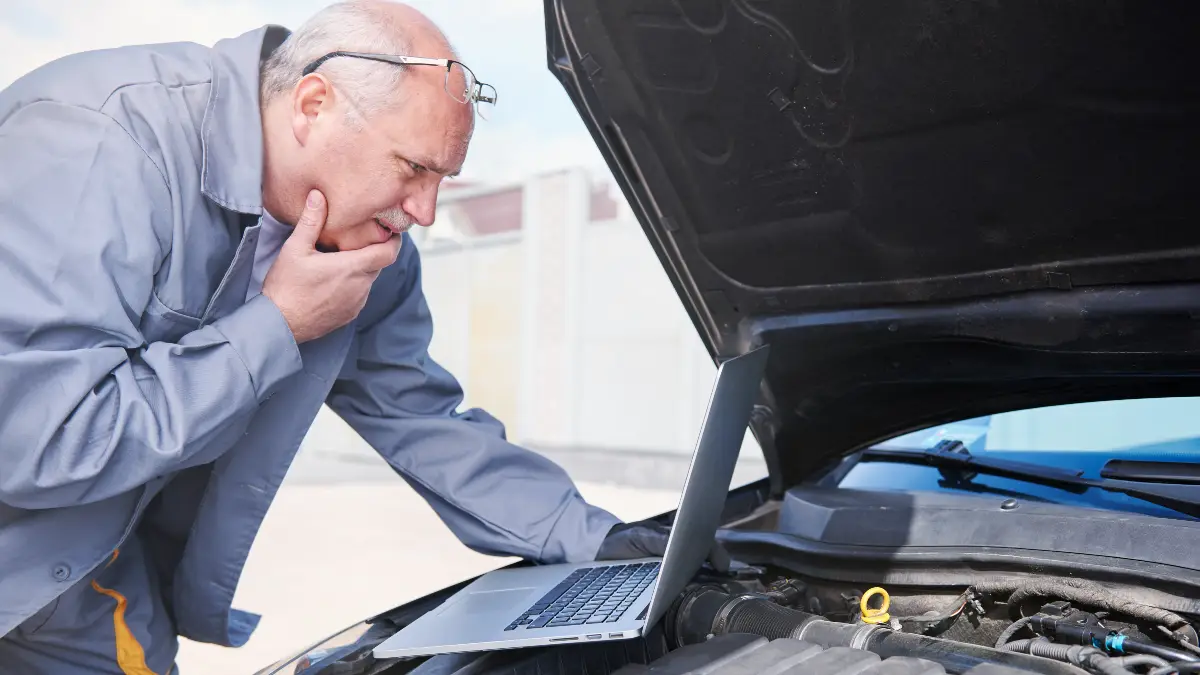
For motorhomes, critical engine warning signs must be thoroughly investigated. Overheating is a common issue, often caused by low coolant or a clogged radiator, which quickly precipitates severe engine damage.
The buyer must conduct a test drive to verify smooth, quiet operation and proper transmission shifting. Transmission issues are not only costly (up to $12,696 for replacement) but also render the unit immobile.
11. Can I run all major appliances simultaneously (AC, furnace, fridge) on different power sources?
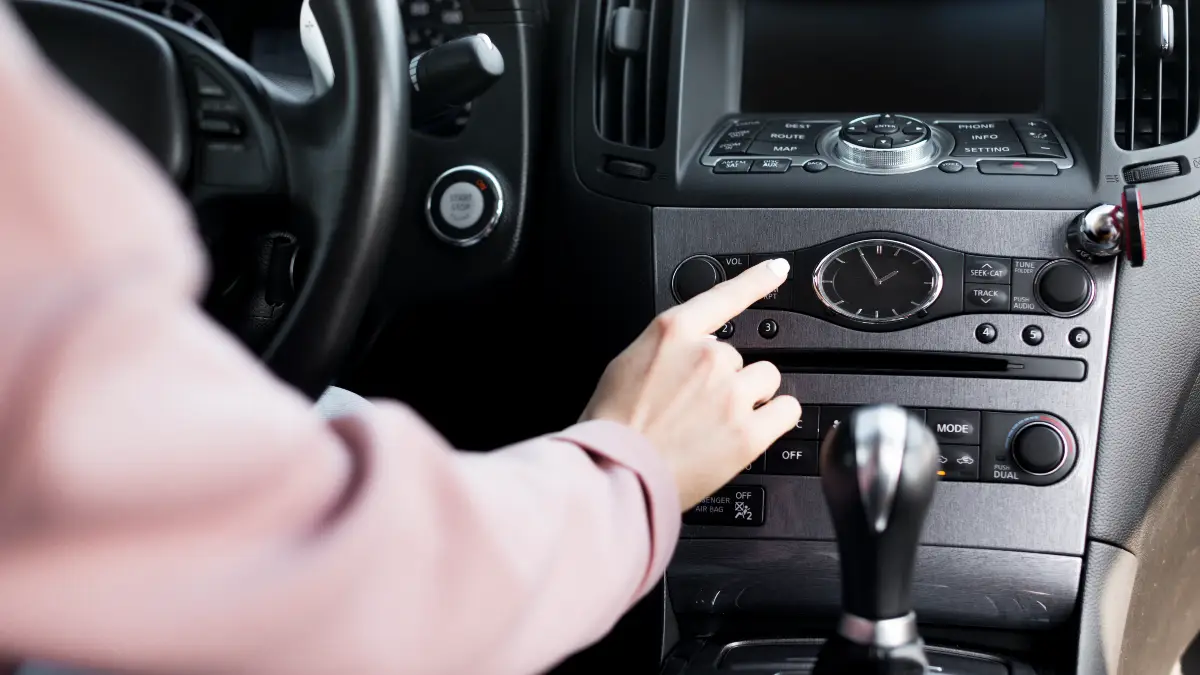
All major appliances must be tested across their designed power sources. The air conditioner (AC) should be run on shore power to confirm it cycles correctly and provides sufficient cooling. Certified inspectors measure the Delta T (temperature difference between intake and output) to confirm efficiency.
The furnace must be operated, checking for rattling noises that can indicate debris buildup. The refrigerator must be verified for effective cooling on both electric hookup and propane (if dual-fuel). Given that replacing a major appliance like the refrigerator or a heating assembly can cost over $14,000, confirming their operation is a financial safeguard.
12. Does the plumbing system hold pressure, and are the waste tanks sealing properly?
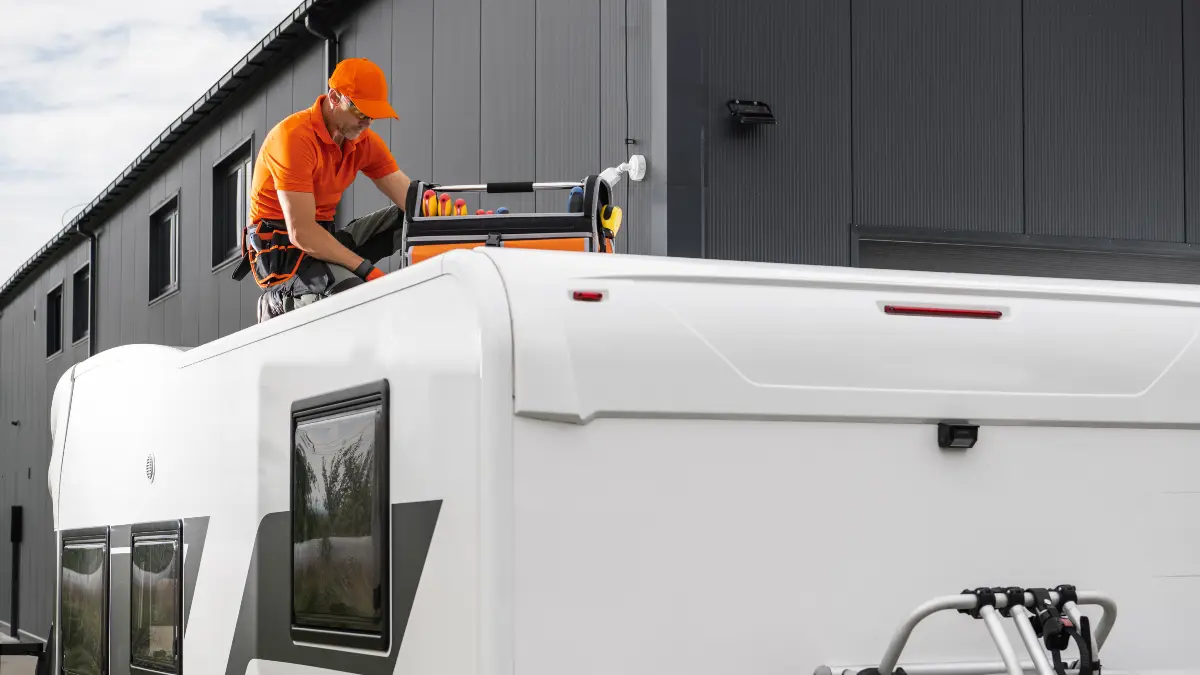
The plumbing system is tested by filling the fresh water tank and activating the water pump. The pump should build pressure and cease running, indicating a pressurized, leak-free system. All faucets, sinks, showers, and toilets must be operated to check for consistent pressure and proper drainage.
Inspections must include physically checking under sinks and near the water heater for any signs of leaks or existing water stains. Additionally, a functional propane leak test must be conducted to ensure the lines, regulator, and appliances operate safely without gas leaks.
13. Are all electrical outlets, GFCI circuits, and battery management systems operational?

The electrical system must be inspected for safety and consistency, looking for flickering lights or loose, damaged, or spliced wiring.
The 120V AC system requires testing all outlets using a small plug-in tester, and critically, ensuring that all Ground Fault Circuit Interrupters (GFCIs) trip correctly.
The 12V DC system must be checked, ensuring the converter or inverter systems are properly charging the house batteries. Any sign of inconsistent power or failure to hold a charge suggests deep-seated, costly system issues.
14. Will you allow an independent, NRVIA-certified inspection by a third party?
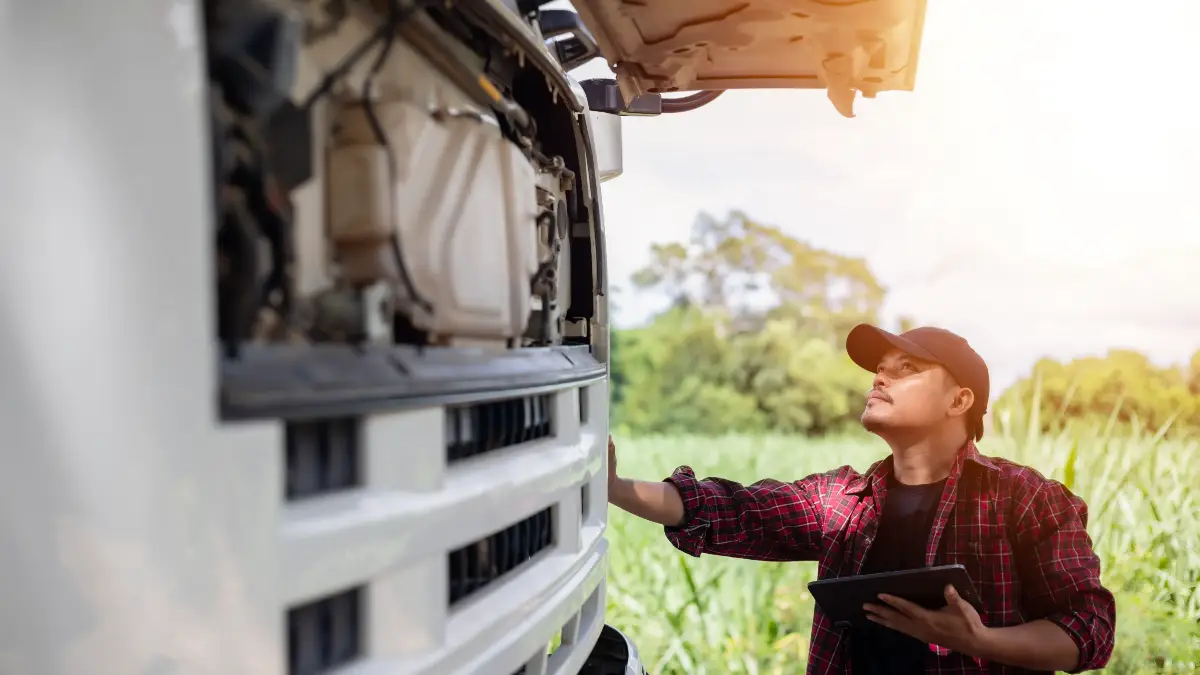
This question is the single most effective way to protect against purchasing an RV money pit. If a seller refuses to permit an independent inspection, the level of risk is inherently unacceptable.
An NRVIA Certified Inspector adheres to rigorous Standards of Practice and a Code of Ethics, providing the buyer with a professional, standardized evaluation that covers the entire coach and chassis.
The value of this step is often immediately realized during negotiation; one account noted that an inspection “saved us $1000 just to start when they found something the dealer needed to fix”. Buyers are strongly encouraged to use the NRVIA website to find a certified inspector.
15. What specific deferred maintenance or known issues are not included in the asking price?
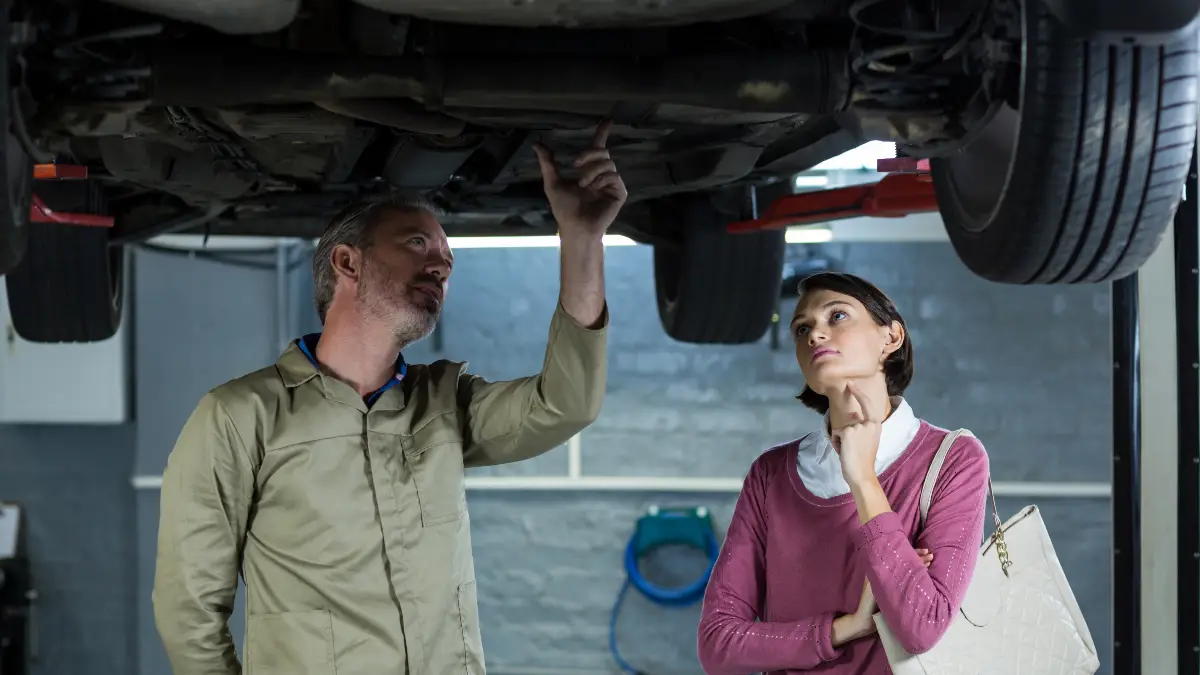
Using the comprehensive information gathered from the first 14 questions, coupled with the professional inspection report, the buyer can force a final, honest disclosure and leverage negotiations.
While industry data suggests used units average 14.1 minor defects per unit (DPU), the focus should be on factoring in the discovered high-cost repairs (e.g., tires, seals, appliance repair).
For private sales, securing pre-approved financing gives the buyer the necessary financial leverage to negotiate confidently based on the verifiable cost of the necessary repairs.






